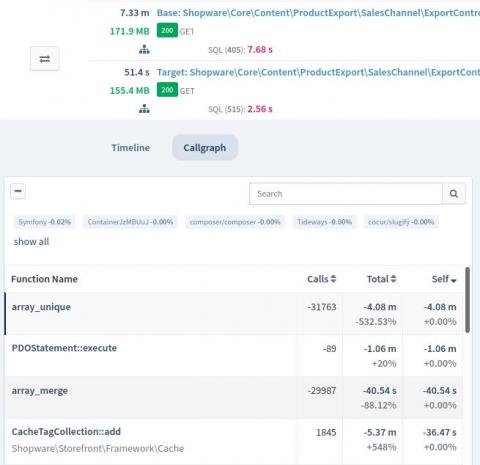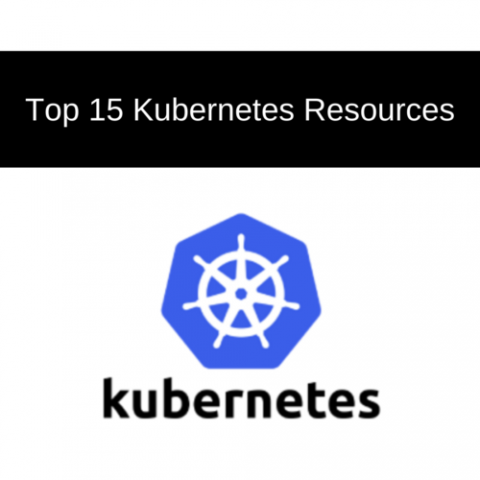Innocent looking array_unique - 2 Stories of performance hogs in Shopware 6 and Tideways own backend code base
This post tells a story of a performance mistake that is quickly made even by experienced developers: The expectation that a built-in PHP function has better performance than a better suited data structure written in PHP. The protagonist in these stories is array_unique, a function that takes a list of values and removes duplicate entries to return a list of each value occurring only once.







